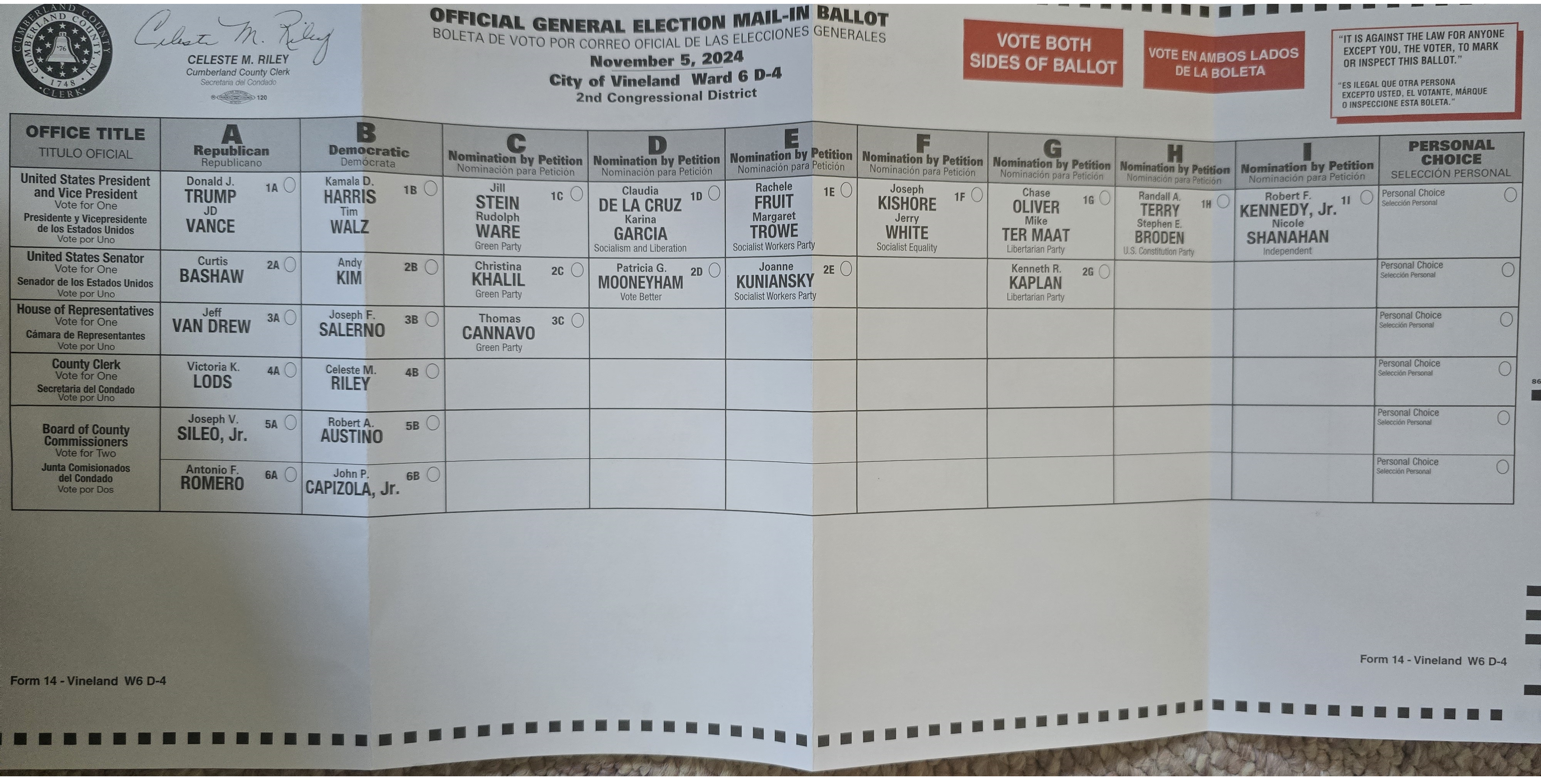What does the Vice President do?
The Vice President of the United States has a unique role in the federal government, with both executive and legislative responsibilities. Here’s an overview of their duties:
Casting Tie-Breaking Votes: One of the most critical powers of the Vice President is the ability to cast tie-breaking votes in the Senate. Since the Senate is composed of 100 members, ties are possible, and the Vice President’s vote can determine the outcome of closely contested legislation or nominations.
Assuming the Presidency if Necessary: The Vice President is the first in the line of succession to the presidency. If the President dies, resigns, is removed from office, or becomes incapacitated, the Vice President assumes the role of President of the United States.
Advisory Role: The Vice President often serves as a key advisor to the President, providing counsel on various issues, including domestic policy, foreign affairs, and political strategy. The extent of the Vice President’s influence in this role can vary significantly depending on the administration and the relationship between the President and Vice President.
Diplomatic Duties: The Vice President often represents the United States in diplomatic matters, both domestically and internationally. This can include attending state functions, leading delegations to foreign countries, and engaging in diplomatic negotiations.
Participation in the Executive Branch: In addition to their legislative duties, the Vice President often participates in executive branch activities, such as attending cabinet meetings, overseeing specific initiatives or task forces, and helping to implement the President’s agenda.
Public Engagement and Advocacy: The Vice President frequently travels across the country and abroad to advocate for the administration’s policies, engage with the public, and support the President’s re-election efforts or the campaigns of other political candidates within their party.
Other Assigned Duties: Depending on the administration, the Vice President may be assigned specific portfolios or responsibilities. For example, a Vice President might focus on areas like space policy, voting rights, or health care, based on the President’s priorities and the Vice President’s areas of expertise.
Learn More
Presiding Over the Senate: The Vice President serves as the President of the Senate, where their primary role is to preside over Senate sessions. This includes managing the legislative process, recognizing senators to speak, and maintaining order during debates. However, the Vice President typically only attends Senate sessions during significant events or when their vote might be needed to break a tie.Casting Tie-Breaking Votes: One of the most critical powers of the Vice President is the ability to cast tie-breaking votes in the Senate. Since the Senate is composed of 100 members, ties are possible, and the Vice President’s vote can determine the outcome of closely contested legislation or nominations.
Assuming the Presidency if Necessary: The Vice President is the first in the line of succession to the presidency. If the President dies, resigns, is removed from office, or becomes incapacitated, the Vice President assumes the role of President of the United States.
Advisory Role: The Vice President often serves as a key advisor to the President, providing counsel on various issues, including domestic policy, foreign affairs, and political strategy. The extent of the Vice President’s influence in this role can vary significantly depending on the administration and the relationship between the President and Vice President.
Diplomatic Duties: The Vice President often represents the United States in diplomatic matters, both domestically and internationally. This can include attending state functions, leading delegations to foreign countries, and engaging in diplomatic negotiations.
Participation in the Executive Branch: In addition to their legislative duties, the Vice President often participates in executive branch activities, such as attending cabinet meetings, overseeing specific initiatives or task forces, and helping to implement the President’s agenda.
Public Engagement and Advocacy: The Vice President frequently travels across the country and abroad to advocate for the administration’s policies, engage with the public, and support the President’s re-election efforts or the campaigns of other political candidates within their party.
Other Assigned Duties: Depending on the administration, the Vice President may be assigned specific portfolios or responsibilities. For example, a Vice President might focus on areas like space policy, voting rights, or health care, based on the President’s priorities and the Vice President’s areas of expertise.
ELECTION DATE: November 5th, 2024
SAMPLE BALLOT
Below is only an interactive ballot designed to help voters using this website to organize their choices based on specific positions. Please visit our Official Ballots Page or click the foldout below to become familiar with what you will see in the voting booth.
General Election Ballot
If on desktop, right click the image and select 'open in new tab' for a larger image

( Click or tap on candidate name to learn more about them )
US VICE PRESIDENT
DEMOCRATIC
DEMOCRATA
OFFICE TITLE
TITULO OFICIAL
A
Democratic
Democrata
B
Democratic
Democrata
PERSONAL CHOICE
SELECCION PERSONAL
US Vice President
Vote for One
Vicepresidenta
Vota por Uno
Personal Choice
Seleccion Personal
0
REPUBLICAN
REPUBLICANO
OFFICE TITLE
TITULO OFICIAL
A
Republican
Republicano
B
Republican
Republicano
PERSONAL CHOICE
SELECCION PERSONAL
INDEPENDENT
INDEPENDIENTE
OFFICE TITLE
TITULO OFICIAL
A
Independent
Independiente
B
Independent
Independiente
PERSONAL CHOICE
SELECCION PERSONAL
Form 14 - Vineland W6 D-4